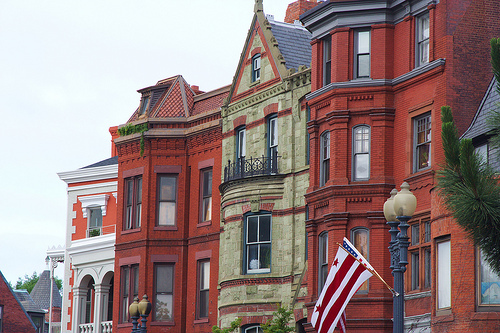
Our study indicated increased travel times to diabetic health services for people living in Melbourne’s outer growth and outer fringe areas compared with the rest of Melbourne (inner, middle and outer established). ArcGIS was used to estimate travel times for private transport and public transport comparisons were made by area. An origin-destination matrix was used to estimate travel distances from point of origin (using a total of approximately 50,000 synthetic residential addresses) to the closest type of each diabetic health care service provider (destinations) across Melbourne.
#UNWALKABLE NEIGHBORHOODS SOFTWARE#
Geographic information systems (GIS) software were used to map the location of selected diabetic primary and secondary health care service providers across metropolitan inner, middle, outer established, outer urban growth and outer fringe areas of Melbourne. This study explores travel times to diabetic health care services for populations residing in inner, middle and outer suburbs of metropolitan Melbourne.

Type 2 diabetes mellitus (T2DM) is a major chronic condition in Australia, with some of Melbourne’s growth areas having some of the highest prevalence across Australia. Plan Melbourne Refresh, a recent strategic land use document has called for a 20 min city, which is where essential services including primary health care, can be accessed within a 20 min journey.


Currently little is known about differences in travel times when using private and public transport to access primary and secondary services across Melbourne’s urban growth areas. Melbourne, Australia is experiencing rapid population growth, with much of this occurring in metropolitan outer suburban areas, also known as urban growth areas.


 0 kommentar(er)
0 kommentar(er)
